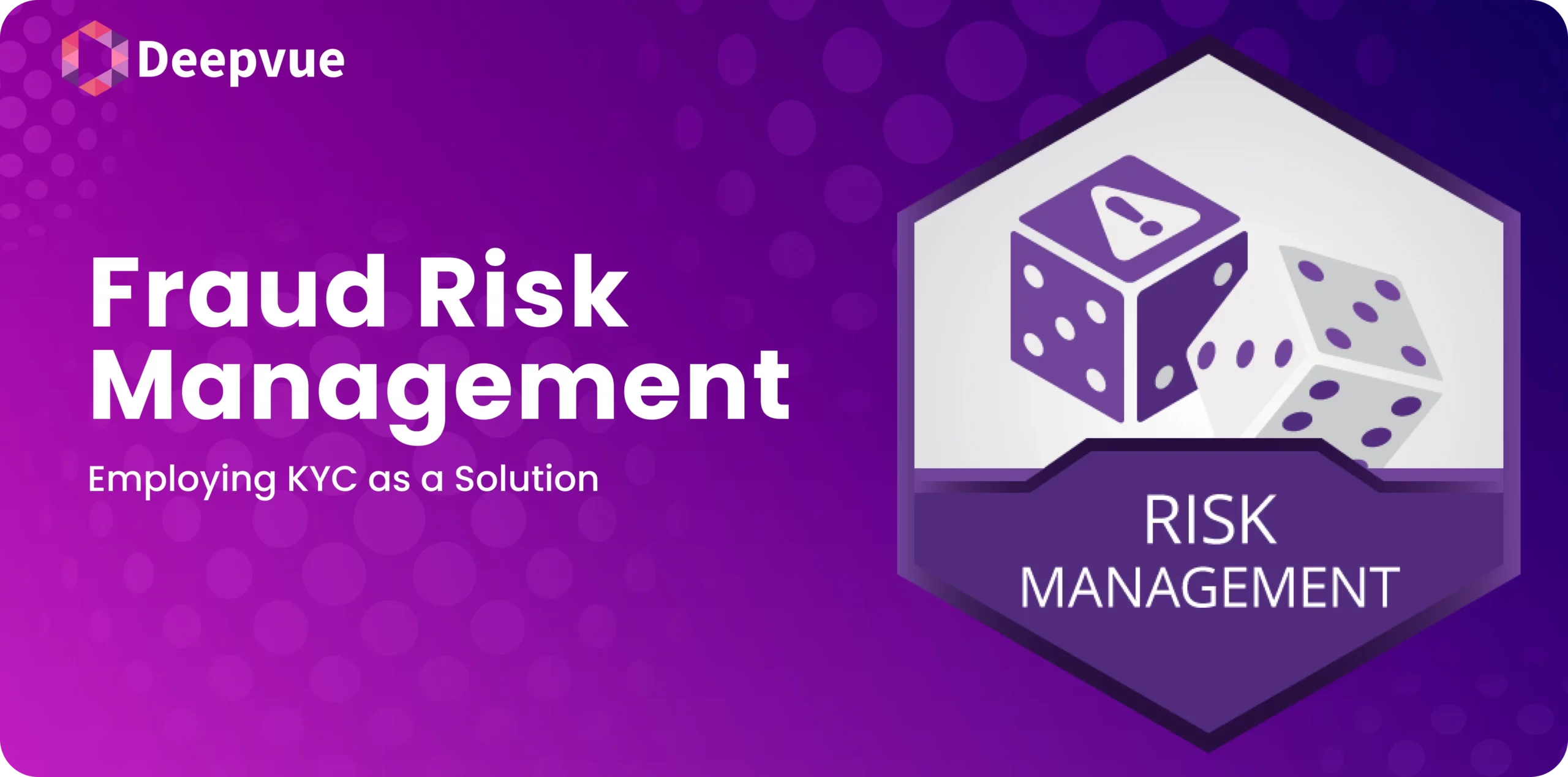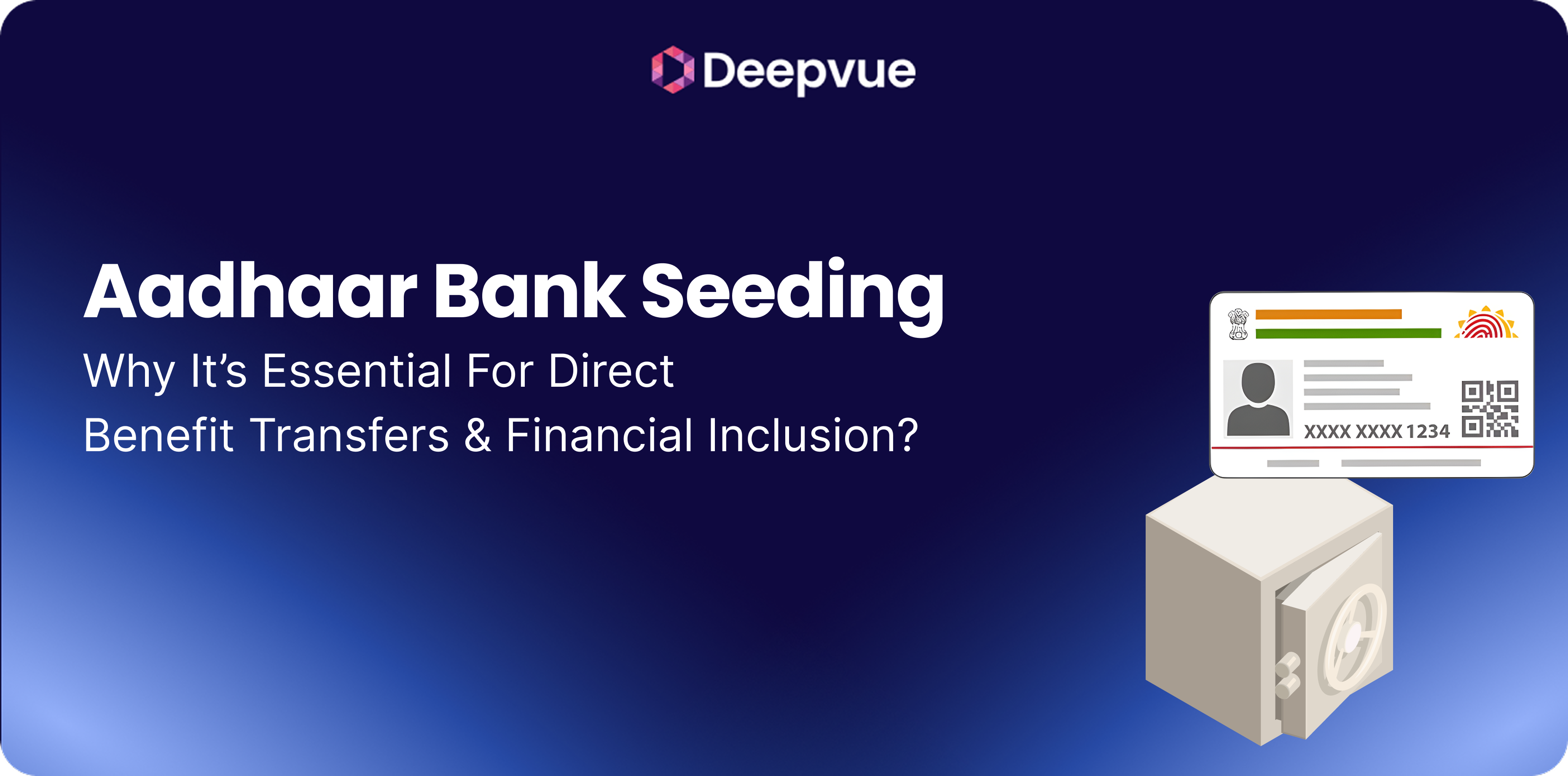Digital finance in India no longer runs on the four walls of a bank; it runs on an ever-expanding web of cloud hosts, API gateways, payments processors, analytics vendors, and call-centre outsourcers. RBI data show that 99.9 % of all non-cash retail payments in FY 2024-25 were digital, with overall payment volumes jumping 34.8 % year-on-year. Meanwhile, the first half of FY 2024-25 recorded 18,461 bank frauds worth ₹21,367 crore—an eight-fold rise in value over the same period a year earlier. The regulator’s own PRAVAAH platform, launched in 2024 to digitalise authorisation processes, has already handled approximately 4,000 applications from the regulated entities.
These figures convey a straightforward message: the sheer size and interconnectedness of India’s financial stack magnify operational, cyber, and reputational risk well beyond the confines of any individual institution. That is why Know Your Third Party (KY3P) has moved from a compliance checkbox to a board-level imperative.
What Is Know Your Third Party?
KY3P is a structured framework that helps a regulated entity (RE) understand who its third parties are, what they do, how critical they are, and how they are controlled. Unlike KYC, which focuses on customer identity, KY3P maps the risk perimeter outside your organisation—vendors, cloud providers, fintech partners, field agents, even sub-contractors nested two or three layers deep.
Key elements:
- Identification & Classification: Cataloguing every external partner and tagging them by criticality.
- Due Diligence: Verifying legal standing, financial strength, cyber posture, and ESG credentials before onboarding.
- Ongoing Monitoring: Tracking SLA breaches, security incidents, licence expiries, and adverse media in near real-time.
- Exit Planning: Ensuring the business can sever ties without interrupting service or breaching data-retention rules.
Key Differences from KYC vs KY3P
- KYC ensures you know who your customer is and what they’re up to.
- KY3P ensures you know your vendor’s identity, operations, security posture, financial health, regulatory track record, and the risks they introduce into your ecosystem.
Why Does KY3P Matter in Fintech?
1. Regulatory Stakes Are Rising
- RBI’s 2023 Master Direction on Outsourcing of IT Services makes the RE fully accountable for any lapse by its outsourcers—no “pass-through” excuses.
- Sector-agnostic guidance on operational resilience (April 2025) now calls for board-approved third-party risk policies and recovery testing across the vendor chain.
2. Risk Multiplier, Not Risk Diversifier
- Cyber & Data Risks: A single badly patched S3 bucket of a SaaS provider can expose millions of PAN or Aadhaar numbers.
- Operational Risks: A cloud failure at 10 AM may bring EMI deductions to a standstill, skew revenue models, and surge customer complaints.
- Compliance & Conduct Risks: Manipulative debt-collection agencies or scam loan-service apps may attract RBI fines and damage to brand reputation.
3. Business Continuity & Concentration
Fintech rails depend on fewer payment processors, KYC providers, or core-banking SaaS providers. Vendor concentration makes for one point of systemic failure, particularly in embedded finance, where customer flows involve several regulated entities.
Elements of a Strong KY3P Framework
A. Identify & Classify
- Inventory: Enumerate all third parties, such as subcontractors.
- Risk-tiering: Prioritize them by criticality & data sensitivity—i.e., “high risk” vendors that work with PII or core operations should warrant additional scrutiny.
B. Pre-Onboarding Due Diligence
- Legal: Right-to-operate, litigation, compliance position.
- Financial: Audited financials, burn rate, funding.
- Security: SOC 2, ISO 27001, results of penetration testing, vulnerability scans.
- Regulatory: GDPR, RBI guidelines, and relevant sector directives compliance.
- ESG: Emerging but increasingly obligatory for investors and regulators.
C. Continuous Monitoring
- Security: Quarterly audits, real-time scanning, breach intelligence.
- Operational: SLA compliance, uptime stats.
- Reputation: Media monitoring, social sentiment.
- Financial: Signs of distress or acquisition that may affect stability.
D. Contractual Safeguards
- Right to audit and inspect.
- Security clauses and controls.
- Data governance and breach notification timelines.
- Termination rights, exit assistance, and transition plans.
E. Oversight & Governance
- Ownership: Compliance, infosec, legal.
- Reporting: Board-level dashboards with red/yellow/green vendor risk flags.
- Independent review: Internal or external audit of the KY3P process.
The Role of Technology in Streamlining KY3P
- Vendor Risk Management Platforms (such as ServiceNow VRM) automate renewal reminders, risk scoring, audit tracking, and onboarding.
- APIs & Data Feeds offer current information on vendor certifications, history of breaches.
- AI/ML Risk Scoring also identifies anomalies such as unexpected ransomware exposure.
- Blockchain for vendor attestation, immutable audit trails, and access logs.
- Security orchestration platforms that guarantee contractual SLAs send alerts if not achieved.
KY3P vs Traditional Vendor Management
| Feature | Traditional Vendor Management | KY3P Framework |
| Scope | Cost, performance, SLAs | Risk & compliance across operations |
| Frequency | Annual reviews | Continuous real-time monitoring |
| Focus | Delivery & pricing | Cyber, financial, privacy, and reputational |
| Governance | Ops-led | Risk-led with Board oversight |
| Purpose | Operational efficiency | Resilience, compliance, trust |
Challenges in Implementing KY3P
- Scarce resources within early-stage fintechs.
- Ecosystem fragmentation—several small vendors with weak transparency.
- Data access gaps–absence of public breach information.
- Vendor pushback—who resists intense examination.
- Self-disclosure constraints—sellers concealing problems until it is too late.
Final Thoughts
KY3P isn’t a buzzword—it’s a lifeline in a fintech world awash with interdependent relationships. RBI’s regulatory signals are clear: “identify, assess, monitor, audit.” Beyond compliance, KY3P is a strategic path to operational resilience and market leadership. Fintechs that embed KY3P proactively will not just survive—they’ll be seen as trusted, robust, and future-ready.
FAQ
What’s the main difference between KYC and KY3P?
KYC is concerned with customer behavior and identity, whereas KY3P is concerned with vendor risk in legal, security, financial, operational, and reputational areas.
Is KY3P mandatory for all fintechs?
For RBI-regulated entities (banks, NBFCs, payment system operators), yes, governed by outsourcing and IT governance guidelines. Others need KY3P to ensure resilience and compliance.
How do we classify third-party risk?
Evaluate on data sensitivity, operational criticality, volume, and regulatory exposure. E.g., cloud infrastructure: high risk; office supplies: low.
What kind of contractual protections are essential?
Include audit rights, data protection clauses, breach notification timelines, SLA triggers, exit and transition plans.




